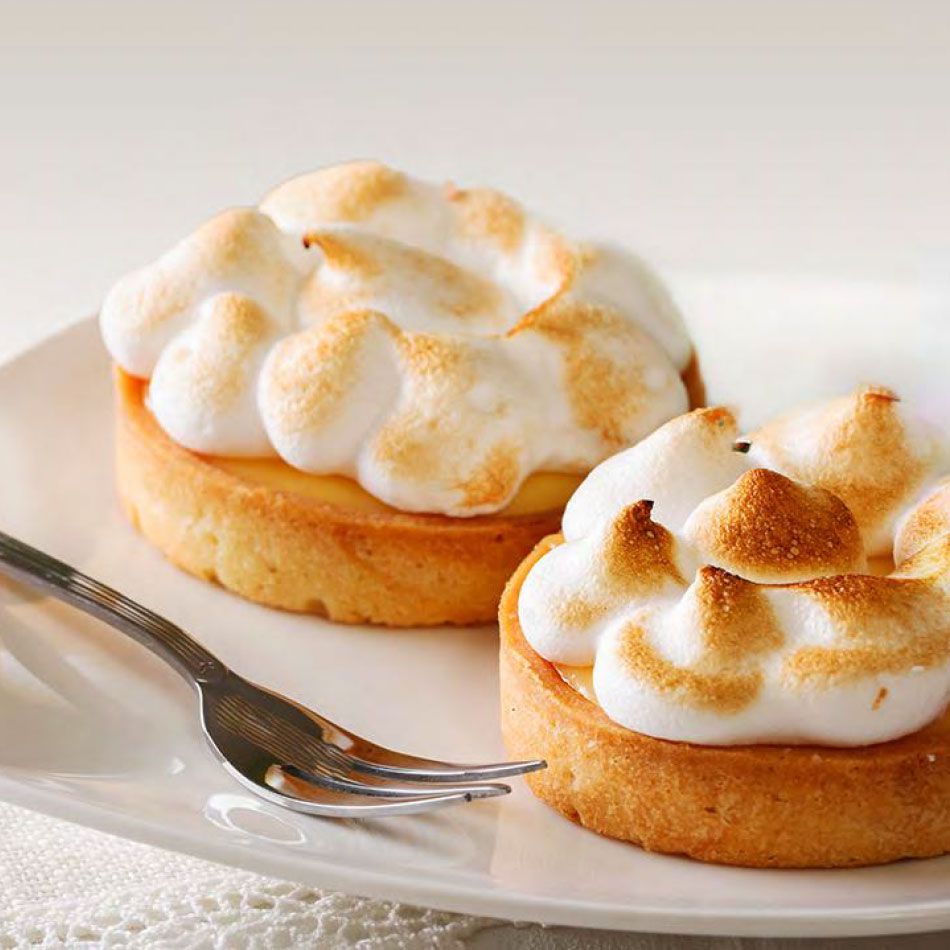Bake Ice-Cream in Your Oven
How can you put ice cream in an oven and not have it melt? Itʼs easy with science!
Print Version
How can you put ice cream in an oven and not have it melt? Itʼs easy with science!

Adult supervision required.

1. Prepare:
Preheat your oven to 500°F (260 °C).
Cover the baking sheet with aluminum foil.
2. Mix:
Beat egg whites (no egg yolks) until they form soft peaks.
Add sugar to the beaten egg whites, 1 tablespoon at a time, beating the mixture after each addition.
Continue to beat the egg whites and sugar until the mixture is thick and glossy looking. Youʼve now made meringue.
3. Assemble:
Put the cookie on the baking sheet. Place some ice cream on top, but make sure there isnʼt any hanging over the edge.
Spread the meringue all over the ice cream in a thick layer, covering it completely with no exposed spots.
4. Bake:
Bake on the lower rack of the oven for 3 to 5 minutes or until the meringue is light brown.
Using oven mitts, remove your experiment from the oven.
You've just baked ice cream! What are your observations? Did the ice cream melt? Why do you think you were able to bake it? Now you can enjoy your tasty science experiment.
You created foam insulation to protect the ice cream from the ovenʼs scorching heat.
When you beat the egg whites, you forced air bubbles into the mixture. When you spread the resulting foam (meringue) over the ice cream, those tiny air pockets slowed the transfer of heat from oven to ice cream.